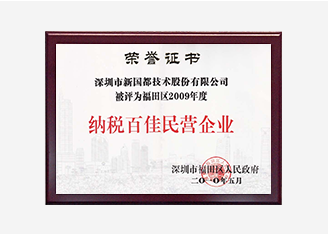High-risk objects
1. Long-term smokers;
2. Those with a family history of bladder cancer;
3. Persons with a history of occupational exposure to paints, dyes, metals or petroleum products;
4. Those who have received radiotherapy for the pelvic area;
5. Those who have used anti-cancer drugs such as cyclophosphamide or ifosfamide;
6. Those who have taken Chinese herbal medicines containing aristolochic acid, such as Guangfangji, Qingmuxiang, Tianxianteng, Aristolochia, Xungufeng, Cinnabarum, etc.;
7. Those with high arsenic content in drinking water;
8. Those who drink water treated with chlorine;
9. History of repeated acute and chronic bladder infections, including those with bladder infections caused by schistosomiasis;
10. Those who use urinary catheters for a long time.
Screening recommendations
General risk population: starting from 60 years old, urinary routine, once a year.
High-risk population: starting from the age of 50, urinary routine, hematuria testing combined with urine tumor markers such as NMP22, once a year.
Prevention advice
1. Reduce environmental and occupational exposure;
2. Increase the amount of drinking water and pay attention to the quality of drinking water;
3. Quit smoking;
4. Avoid drug toxicity caused by long-term use of drugs;
5. Develop good living and eating habits and improve immunity.
